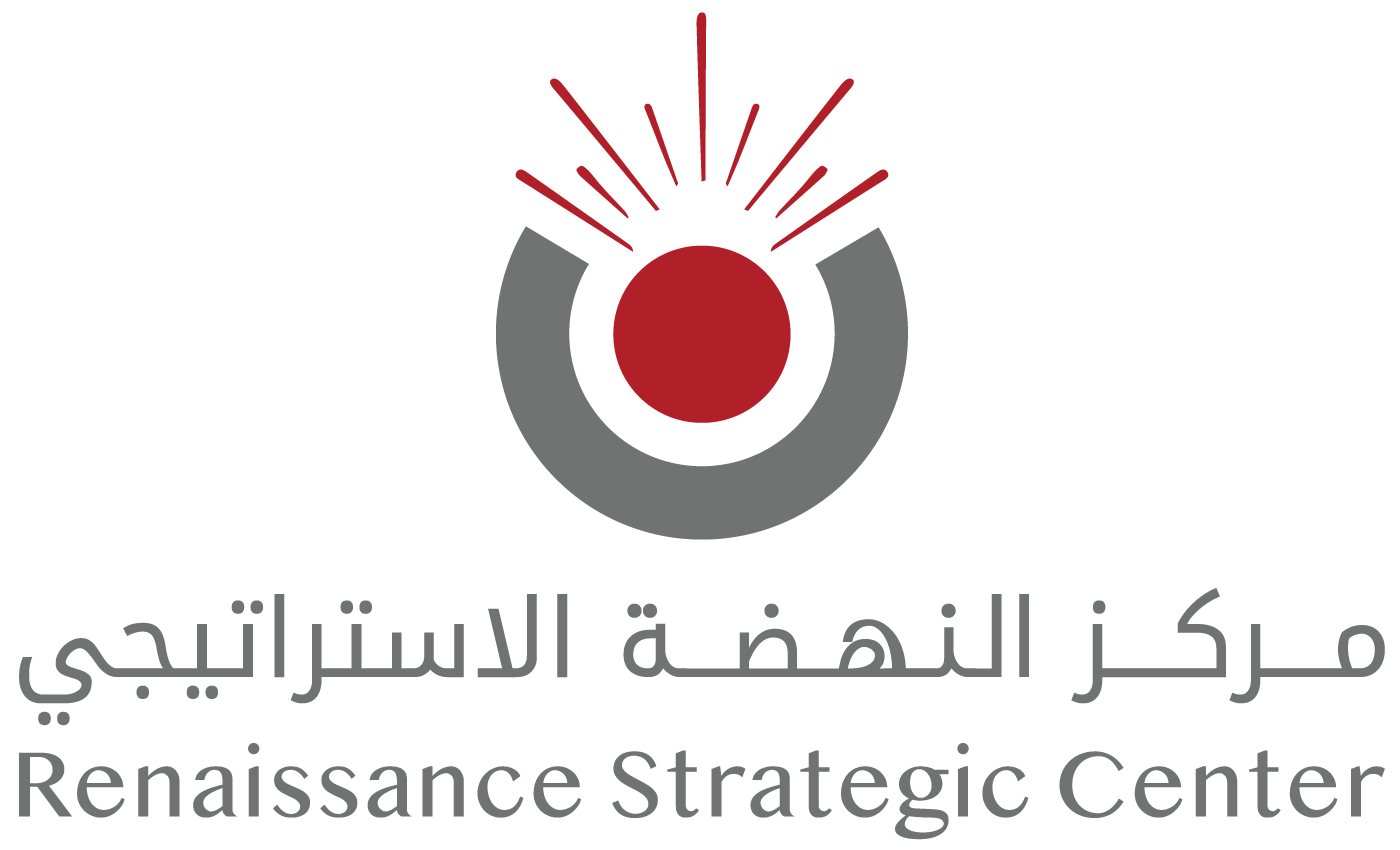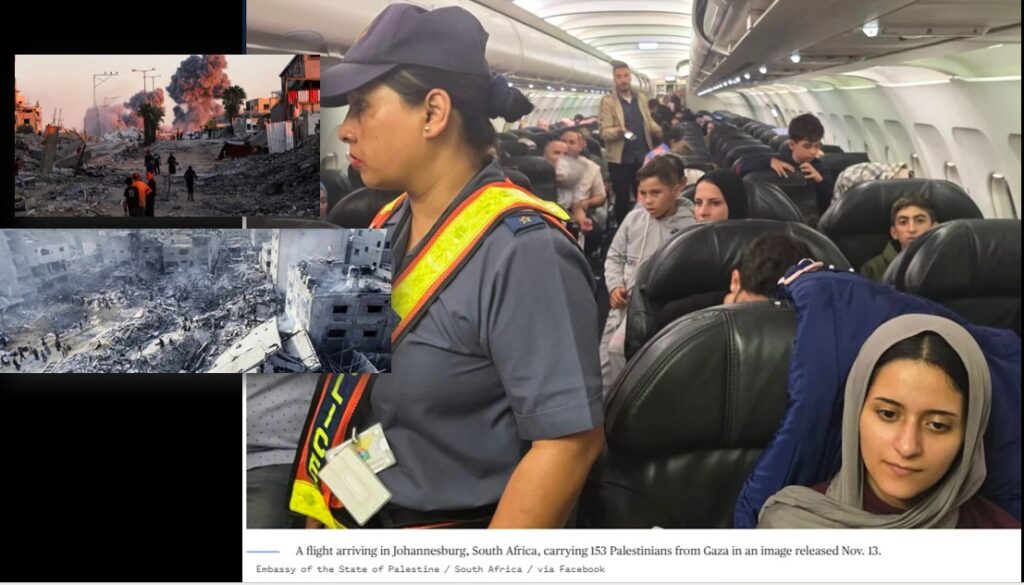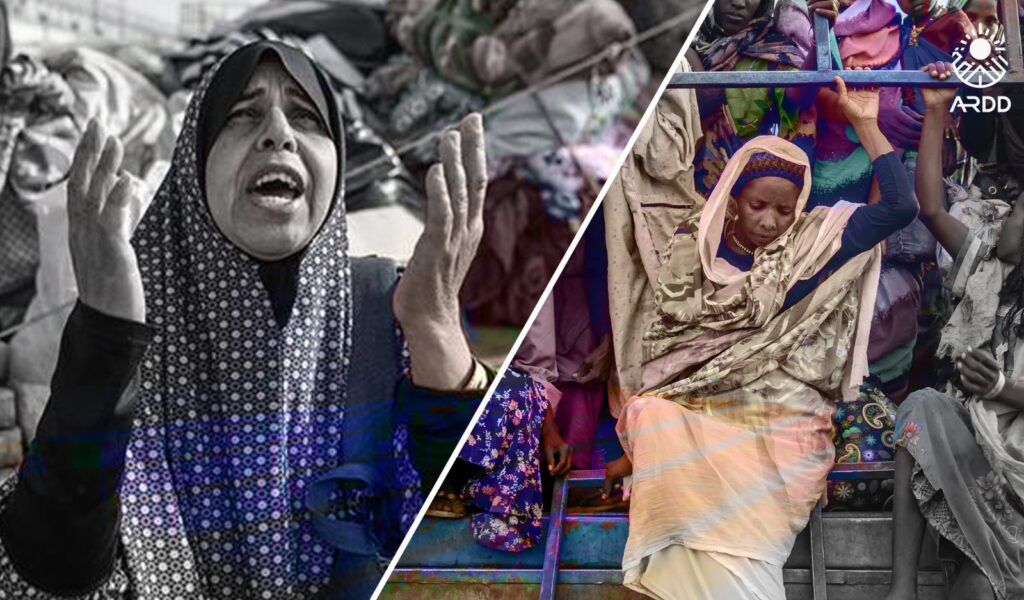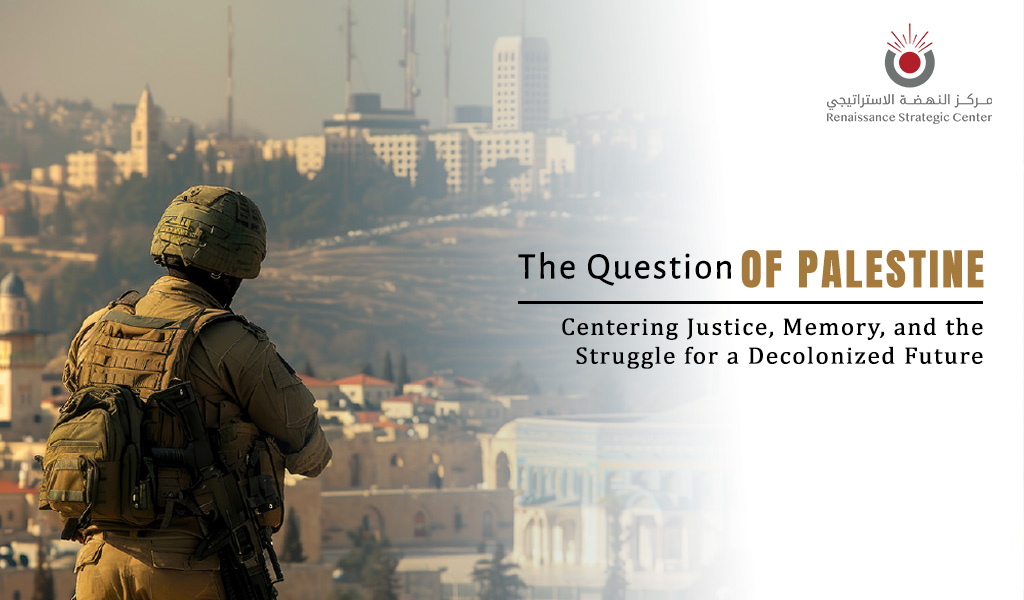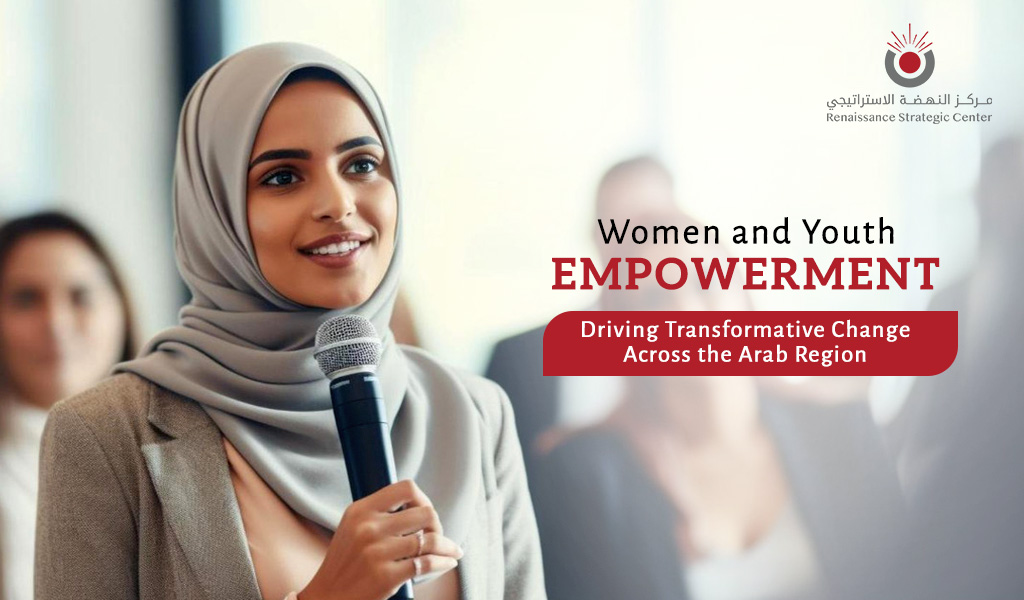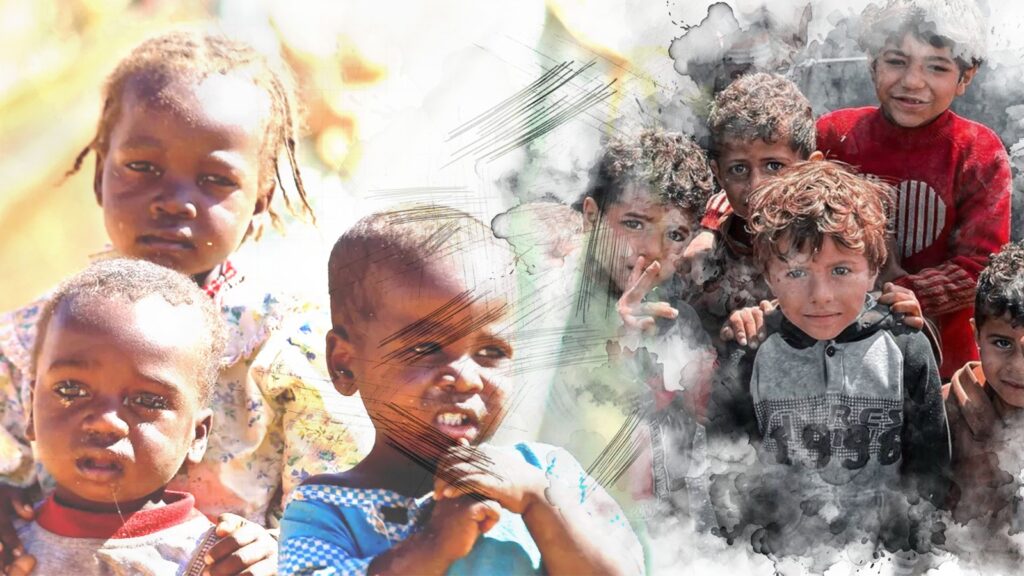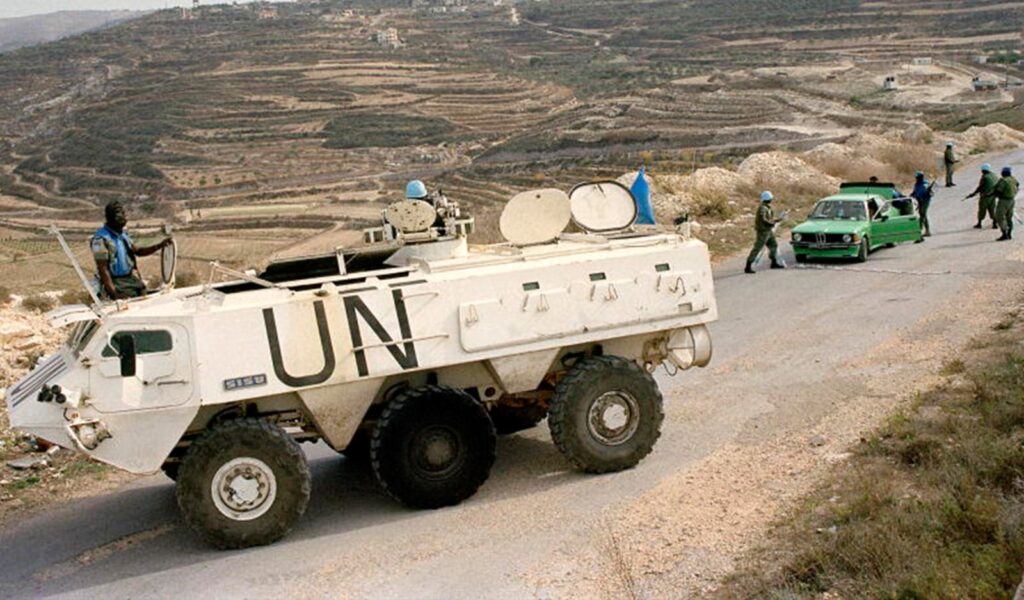By Aya Galal
The International Day of Peace, observed globally on September 21st, is a UN-established day for promoting peace and non-violence. Yet, on that very same date in 2014, Yemen was plunged into a brutal conflict, highlighting the profound challenges of achieving peace in a conflict-ridden world. Ten years into the war, Yemen is an increasingly impoverished country where over half the population needs humanitarian aid. Due to the conflict and climate change-related natural disasters, people have limited access to food, clean water, healthcare, safe housing, education, protection services, and livelihoods.[1]
Yemen is experiencing a prolonged crisis that will continue to affect the population for years. Currently, approximately 80% of the population lives below the poverty line.[2] The intersection of conflict and climate change has exacerbated the situation, depriving the population of essential resources. The healthcare system is nearing collapse, with 40% of health facilities either non-operational or functioning at minimal capacity due to critical shortages of staff, funding, and essential supplies.[3] The inadequate reproductive health services make Yemen one of the most perilous places for mothers, contributing to one of the highest maternal mortality rates in the region.
Climate change further complicates Yemen’s already dire humanitarian landscape. As one of the countries most vulnerable to climate change, Yemen is ill-prepared to manage these challenges. Catastrophic floods, persistent droughts, and advancing desertification affected 1.3 million people in 2024, over 60% more than the previous year, causing more than 480,000 displacements and 427 deaths.[4] Significant loss of life and livelihoods due to climate change-induced disasters is expected to intensify in the coming years.
Moreover, climate-related emergencies have become the leading cause of internal displacement, and competition over scarce water resources causes local conflicts in various regions. Currently, 4.8 million people are displaced, many having experienced multiple displacements, seeking refuge in overcrowded camps characterized by inadequate shelters and limited access to clean water and sanitation.[5] Over 40% of these camps lack basic latrines, forcing residents into open defecation, which poses significant public health risks, particularly for women and girls, while also contributing to environmental health crises. These camps, already precarious, are also frequently hit by severe floods, causing extensive damage and loss of life. The approximately 1.6 million internally displaced persons residing in displacement camps are among Yemen’s most vulnerable communities.[6]
Yemen is also one of the world’s worst food crises. Unprecedented levels of acute food insecurity and malnutrition in the country are mainly driven by conflict and the economic crisis. Vulnerable households face difficulties in accessing food due to increased food prices, reduced incomes, and labour opportunities. This adversely affects their diets and forces them to adopt negative coping mechanisms such as selling productive assets to cover basic needs, as well as relying heavily on humanitarian aid. The agricultural sector, which sustains 70% of the population, faces an existential threat from climate change, exacerbating food insecurity.[7] This year, it is projected that over 17 million individuals will experience acute food insecurity, with 5 million on the brink of famine.[8] The situation is particularly alarming for children, along with pregnant and breastfeeding women, particularly affected by acute malnutrition.
A decade of civil war has devastated the country, killing thousands and displacing millions, and continuing to erode essential services. The conflict has shattered basic services, leaving millions without access to food, water, healthcare, and safe shelter, making it one of the world’s worst humanitarian disasters.
Nonetheless, the significant decline in humanitarian aid is exacerbating the crisis. The Yemen Humanitarian Needs and Response Plan experienced major underfunding in 2025, with less than 10% funded by mid-May. This has greatly impaired the capacity of local and international aid agencies to provide essential services. Over the past five years, the United States has been the largest humanitarian donor to Yemen, alongside other important contributors such as the United Kingdom, the European Commission, Saudi Arabia, and Germany. Even before the cuts to US aid, the humanitarian response plan had been chronically underfunded, achieving only 6.9% funding by April 2025.[9]
The unprecedented cuts in US funding are jeopardizing the efforts to monitor human rights violations and abuses, undermining the rights of countless individuals seeking shelter, legal aid, and safety, including survivors of gender-based violence, women human rights defenders, and families of victims of enforced disappearance. They expressed concerns that this move could weaken their pursuit of justice and accountability in Yemen, potentially emboldening those who commit abuses.
Furthermore, the targeting of aid workers and international staff providing critical services, along with the arbitrary detention of UN personnel and local staff, has halted the delivery of assistance to vulnerable populations.
Despite these complexed and multilayered challenges, as a Yemeni, I envision a future where peace can become a tangible reality. Achieving peace will provide Yemen and its people with the opportunity for stabilization, recovery, and sustainable economic development, paving the way for job creation, the empowerment of youth and women, and enhanced regional stability.
Realizing this vision entails a comprehensive, inclusive, multifaceted, and community-driven approach to peacebuilding. It is imperative to empower local communities, thereby honoring the resilience and capacity of national and sub-national institutions. Only through such efforts can Yemen emerge from the ashes of conflict, becoming more resilient and reclaiming its right to peace and reconstruction.
[1] https://reliefweb.int/report/yemen/yemen-socio-economic-update-issue-86-june-2025-enar
[2] https://internationalmedicalcorps.org.uk/emergency-response/yemen-conflict-hunger/#:~:text=Crisis%20in-,Yemen,health%20facilities%20and%20water%20sources.
[3] https://yemen.un.org/en/293768-iom-delivers-lifesaving-medical-supplies-strengthen-yemen’s-national-health-system
[4] https://humanitarianaction.info/document/global-humanitarian-overview-2025/article/yemen-2
[5] https://www.unhcr.org/news/stories/unbroken-decade-war-yemen-s-taiz-seeks-help-rebuild#:~:text=After%20more%20than%20a%20decade,services%2C%20education%2C%20and%20documentation.
[6] https://www.intersos.org/en/nine-years-of-conflict-in-yemen/
[7] https://www.fao.org/emergencies/where-we-work/YEM/en
[8] https://www.ipcinfo.org/ipcinfo-website/alerts-archive/issue-58/en/
[9] https://amnesty.ca/human-rights-news/yemen-us-aid-cuts-compound-humanitarian-crisis/#:~:text=Over%20the%20last%20five%20years%2C%20the%20United%20States%20has%20consistently,ZIAD/AFP%20via%20Getty%20Images.
